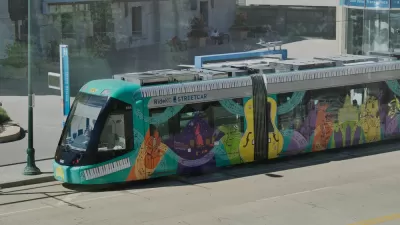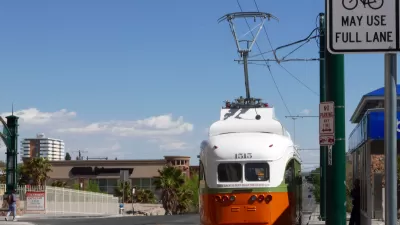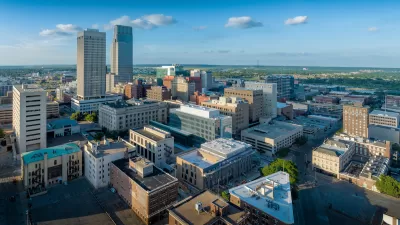An analysis of several streetcar systems shows that they bring different benefits based on a community’s goals.
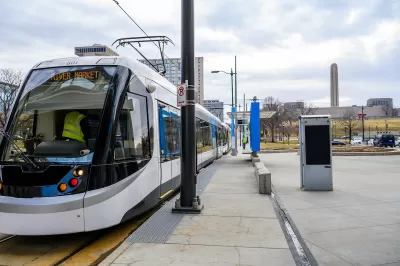
A University of Kansas researcher says “Modern streetcar systems constructed since 2001 have achieved different outcomes depending on each city’s goals,” writes Dan Zukowski in Smart Cities Dive.
Some cities, such as Kansas City, use streetcars to fill gaps in transit systems and boost ridership by providing fare-free rides and connections to other local transit options. Others, like Atlanta and Cincinnati, built streetcar lines in underdeveloped areas as part of an effort to stimulate economic development and new construction there. Lori Burchett, deputy director for streetcar services with the city of Cincinnati, says that city’s streetcar led to a wave of new development in an area where 90 percent of properties were vacant in 2016.
Zukowski adds, “For streetcar systems to achieve success, Mendez recommended anchoring systems to existing activity centers and tapping into the existing base of transit ridership by making it easy for riders to connect with other transit options through tailored fare policies or infrastructure.”
FULL STORY: Streetcars’ benefits vary by city: panel

Study: Maui’s Plan to Convert Vacation Rentals to Long-Term Housing Could Cause Nearly $1 Billion Economic Loss
The plan would reduce visitor accommodation by 25,% resulting in 1,900 jobs lost.
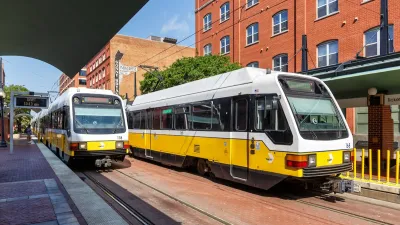
North Texas Transit Leaders Tout Benefits of TOD for Growing Region
At a summit focused on transit-oriented development, policymakers discussed how North Texas’ expanded light rail system can serve as a tool for economic growth.

Why Should We Subsidize Public Transportation?
Many public transit agencies face financial stress due to rising costs, declining fare revenue, and declining subsidies. Transit advocates must provide a strong business case for increasing public transit funding.
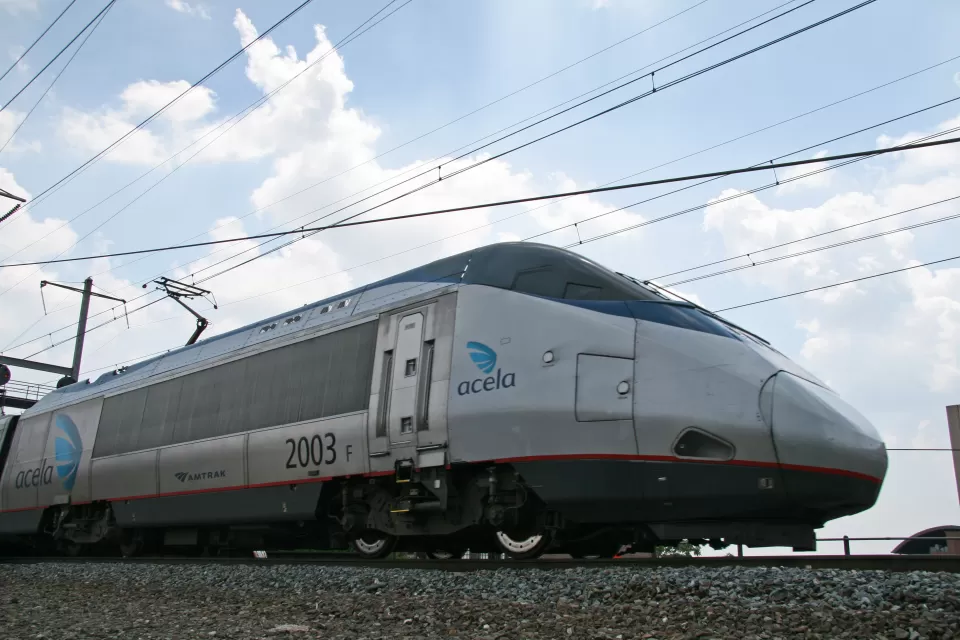
How to Make US Trains Faster
Changes to boarding platforms and a switch to electric trains could improve U.S. passenger rail service without the added cost of high-speed rail.

Columbia’s Revitalized ‘Loop’ Is a Hub for Local Entrepreneurs
A focus on small businesses is helping a commercial corridor in Columbia, Missouri thrive.

Invasive Insect Threatens Minnesota’s Ash Forests
The Emerald Ash Borer is a rapidly spreading invasive pest threatening Minnesota’s ash trees, and homeowners are encouraged to plant diverse replacement species, avoid moving ash firewood, and monitor for signs of infestation.
Urban Design for Planners 1: Software Tools
This six-course series explores essential urban design concepts using open source software and equips planners with the tools they need to participate fully in the urban design process.
Planning for Universal Design
Learn the tools for implementing Universal Design in planning regulations.
Ascent Environmental
Borough of Carlisle
Institute for Housing and Urban Development Studies (IHS)
City of Grandview
Harvard GSD Executive Education
Toledo-Lucas County Plan Commissions
Salt Lake City
NYU Wagner Graduate School of Public Service


























